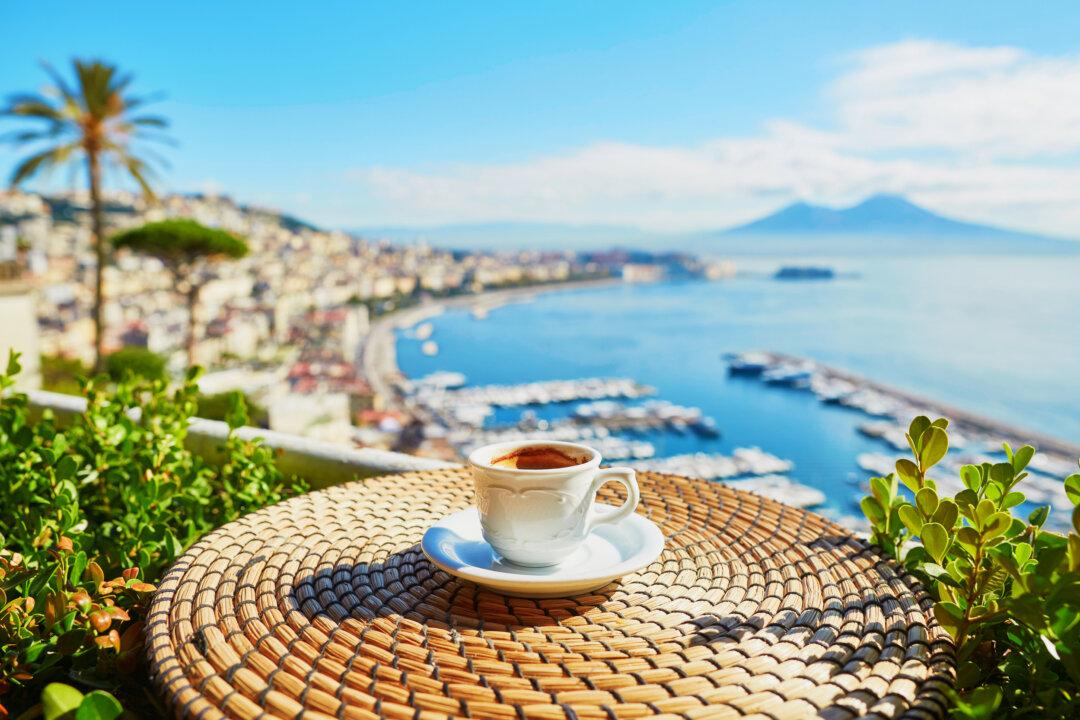Coffee originated in the Kaffa region of Ethiopia, growing on trees as cherries with a precious bean-like seed in the middle. Legend has it that sometime in the middle of the 9th century, a goatherd discovered its get-up-and-go properties when his goats got-up-and-went after eating the cherries.
But no one knows for sure, because he didn’t take a selfie, so it didn’t happen.





